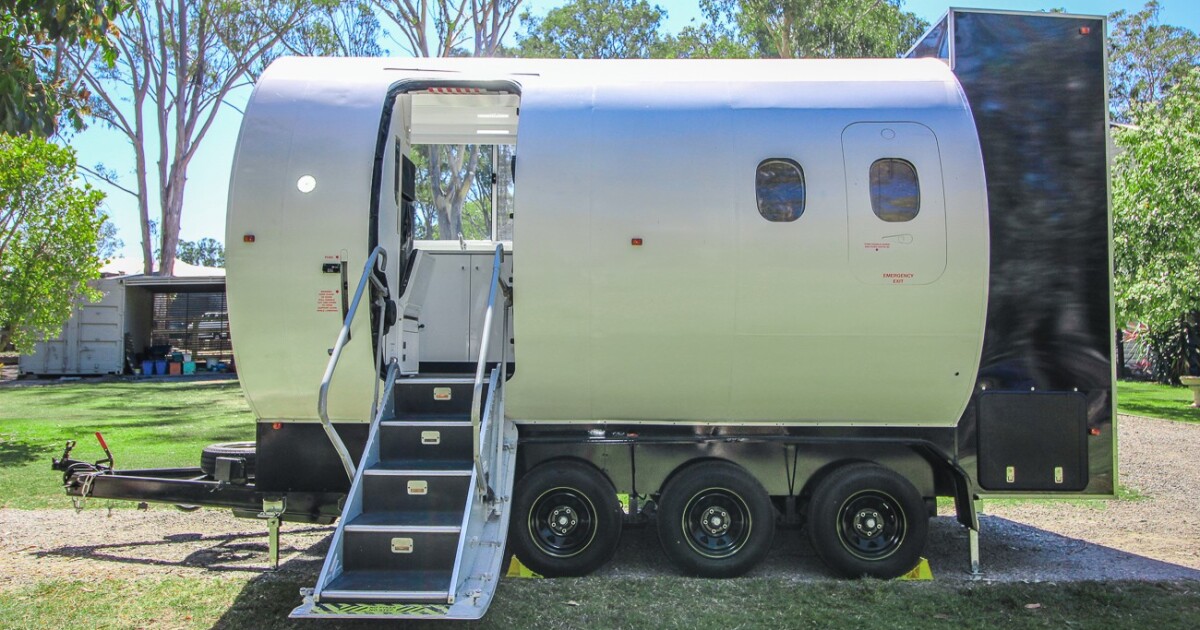
Exploring Tiny Houses: Space, Innovation, and Living Large on a Small Scale
The tiny house movement is a growing trend that encourages individuals to downsize their living spaces, simplifying life and minimizing use of resources. Tiny houses can vary in size, materials, and amenities, but all share a common ethos: the idea that less is more. From charming wooden abodes fit for off-grid living to those utilizing the latest in modern technology and design, tiny houses prove that a fulfilling lifestyle is possible without the need for excess square footage.
The appeal of tiny houses can be attributed to their affordability, eco-friendliness, and the attractive lifestyle they promote—enabling a focus on experiences over possessions. As more people opt for the tiny life, designers and builders have responded with innovative solutions that optimize space and functionality.
The Diversity of Tiny House Designs
Within the realm of tiny houses, there exists a remarkable diversity of designs that cater to various preferences and needs. The Cardabelle tiny house and Olivia Summit, for example, illustrate contemporary and spacious designs that cater to those looking for more comfort in reduced living space. By blending space constraints with aesthetic appeal, these homes offer unique compromises of size and luxury.
Some designs harken back to the roots of small living, as seen with the Aria by Dragon Tiny Homes. Its minimalistic approach stays true to the origins of the movement, focusing on the essentials without superfluous features. These homes may not boast luxury, but they offer a reminder of the simplicity and resourcefulness that define small living.
Additionally, builders like Backcountry Containers have pushed the boundaries by utilizing unconventional materials such as shipping containers. Models like the Augustine provide opportunities for both style and practicality, accommodating various lifestyle needs including the ability to live off-grid.
Innovative Space-Saving Techniques
With space being a significant constraint, tiny house architects have had to get creative in their designs. Innovations like elevator beds and foldable furniture not only maximize space but also show incredible ingenuity in marrying form and function. The models showcased by firms such as Tru Form Tiny and Sim-Plex Design Studio exemplify these cutting-edge designs, which make small spaces highly functional while maintaining a cozy atmosphere.
Houses like the Solo 01, despite their humble dimensions, provide exceptional examples of how to exploit every inch of space. This creativity allows for comfortable living even in the smallest footprints, transforming areas into multipurpose rooms through clever layouts.
Moreover, these innovative approaches extend beyond just the interiors. Some tiny homes, like those featuring rooftop decks, offer additional outdoor living space, which is a smart extension that complements the tiny interior.
Challenges and Creative Solutions
Building a tiny house is not without its challenges. These usually pertain to zoning laws, space utilization, and often adapting available technology to fit smaller scales. Yet, through determination and creativity, builders and inhabitants alike have continually pushed the envelope of what's possible.
For instance, tiny houses converting unconventional materials, such as the transformed airplane fuselage of the Aero Tiny House, demonstrate that imagination knows no bounds in the small living movement. Meanwhile, architects like Christoph Kaiser have embraced their surroundings by creatively inserting designs like a 340-square-foot grain silo into urban settings.
The design solutions born from these challenges often reflect personal style while addressing practical requirements, making each tiny home unique. This bespoke approach to tiny house living reinvents the concept of 'home', making it extremely appealing for those with an adventurous spirit.
The Financial and Ecological Impact
Tiny houses are not just budget-friendly; they also contribute significantly to reducing one's carbon footprint. The minimized use of materials and energy often makes tiny homes less taxing on the environment. With many models incorporating sustainable technologies like solar panels, rainwater harvesting systems, and composting toilets, tiny houses tend to be gentle on the planet.
For those seeking an eco-friendly lifestyle, tiny homes offer a viable solution without sacrificing comfort. Designs such as the GoSun Dream and Timberwolf 24' Tiny House integrate off-the-grid capabilities, allowing their owners to live in harmony with nature.
These homes not only challenge conventional norms but also encourage sustainable living habits, underscoring a commitment to environmental stewardship.
Conclusion: The Future of Tiny Living
The future of tiny living is bright, as more people discover the joys of minimalistic and environmentally-conscious lifestyles. As evidenced by the vast array of designs and innovations, tiny houses hold a vast potential to evolve further, catering to diverse tastes and functionalities.
While challenges exist, the resilience and creativity embodied by tiny house designers ensure the movement's progress. The conversation around sustainable and affordable housing has been enriched by the contributions of the tiny house movement, making it clear that it is more than just a passing trend.
Ultimately, tiny houses are not just places to live; they are expressions of a philosophy that celebrate simpler, richer living. As more individuals embrace this movement, the scope of what a tiny house can be will continue to expand, offering new lifestyle possibilities across the globe.

